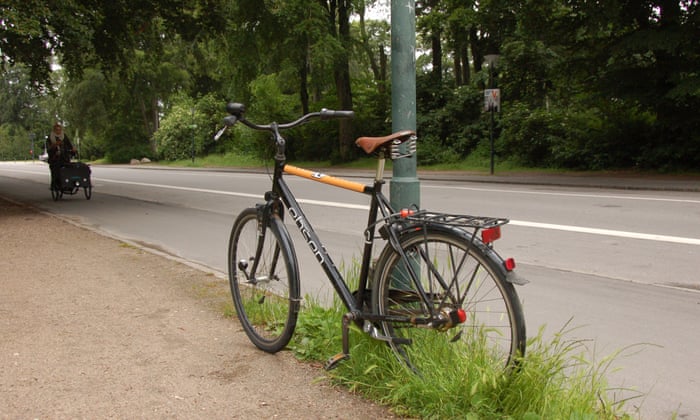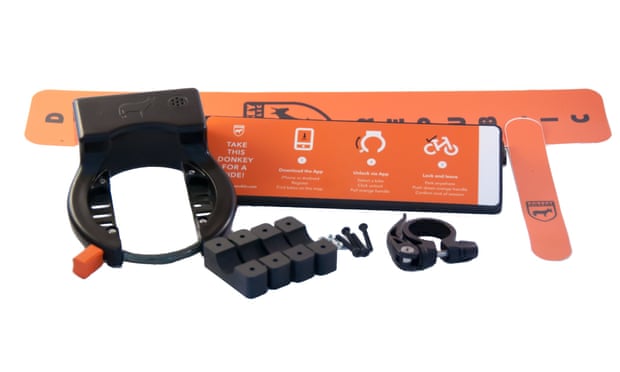Is this a New England Congregationalist church, or what?
Somehow I don't think that anyone attending such a church would have asked such a question, let alone phrased it as I did. Has any Congregationalist or Unitarian--or, for that matter, any congregant in a High Episcopalian church--ever ended a question with "or what"?
As you probably guessed, I pedaled into Connecticut again today. You see, I work in one of those jobs, in one of those parts of the world, where I get off from work on Jewish holidays even though I'm not Jewish. In fact, I would venture to say that in the college in which I teach, there are departments with more Jewish faculty members than there are Jewish students in the entire college.
I used to think there was something wrong with our academic calendar. Now I don't think about it, which means I don't feel guilty about it. My reasoning goes like this: Schools, post offices, banks and such are shut tight for Christian holidays like Easter and Christmas. There are plenty of non-Christians in the United States, and I've never heard any of them object to having the day off on those holidays.
(Interestingly, in France--where laicite was declared in 1905 and politicians never invoke God or faith in their speeches--15 August, the Feast of the Assumption, is still a national holiday. Go figure.)
Anyway, having a day off was a good excuse for a bike ride--especially when said day off is bright, clear and crisp. In fact, it felt almost autumnal. What better destination for a ride on such a day than New England? Some would argue that Fairfield County doesn't really count as New England, straddled as it is by Westchester County, but why quibble. Perhaps if I'd had more time I'd ride further into New England.
Arielle is itching for such an adventure. Maybe one day soon.




